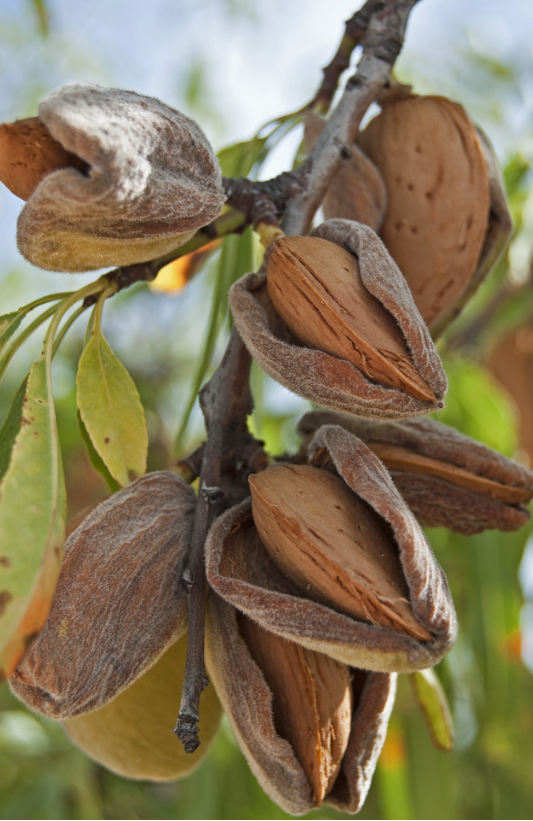Product Detail
Almond
1.Origin Country: Almond trees (Prunus dulcis) are believed to be native to the Middle East, particularly in regions of Western Asia and North Africa. They have been cultivated and grown in various countries for thousands of years.
2.Variety and Color: Almond trees produce oval-shaped nuts (almonds) that have a hard, woody shell. The tree's leaves are typically green, and the flowers can range from white to light pink, depending on the variety.
3.Edibility and Commercial Use: Almond nuts are edible and widely consumed as a snack, in culinary dishes, and for making almond milk and almond oil. The wood of the almond tree is not commonly used commercially due to the relatively small size of the trees.
4.Native/Wild or Commercial: Almond trees are cultivated in commercial orchards in many parts of the world, especially in regions with a Mediterranean climate. While they were originally wild, they are primarily grown for their nuts in commercial settings today.
5.Commercial Long/Short Term: Almond trees are grown for long-term commercial purposes. They take several years to mature and start producing nuts, and almond orchards can remain productive for several decades.
Short Description:
- Almond: Originating from the Middle East, the Almond tree is prized for its delicious and nutritious nuts. Its delicate pink or white blossoms herald the arrival of spring, and its nuts are cherished for culinary and dietary purposes.
Price: $40.00
